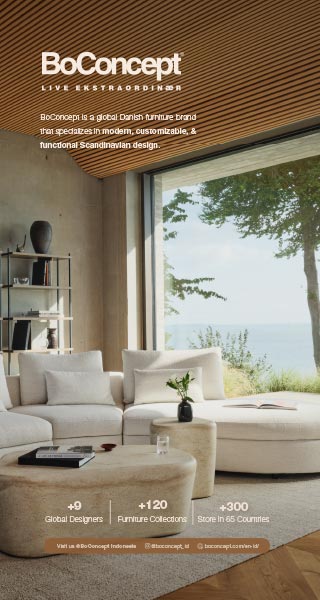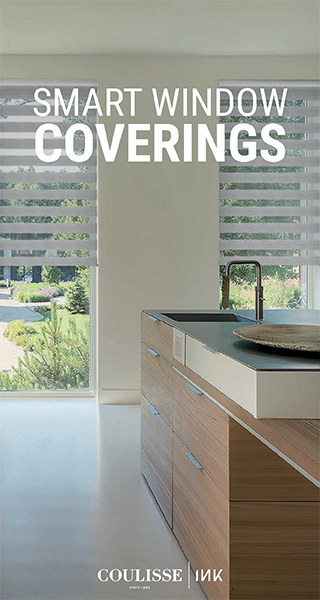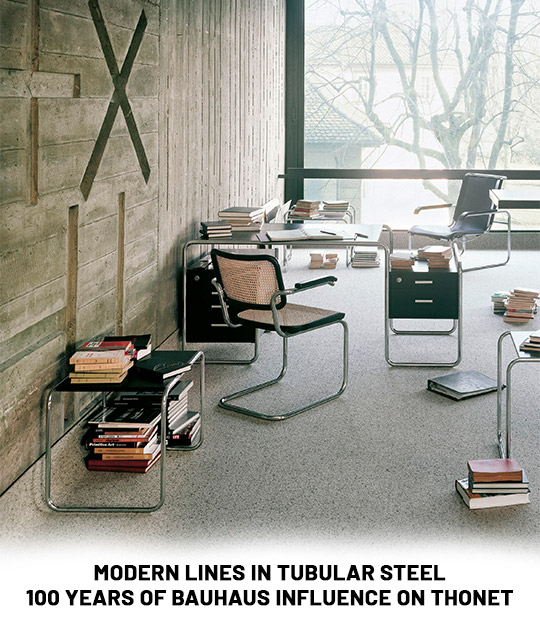
MODERN LINES IN TUBULAR STEEL: 100 YEARS OF BAUHAUS INFLUENCE ON THONET
Published by Sugar & Cream, Monday 29 September 2025
Images courtesy of Thonet
From Bauhaus to Today: Thonet’s Tubular Steel Icons Endure
In 1925, when the Bauhaus moved to Dessau, something revolutionary was brewing in the workshops. Designers like Marcel Breuer and Mart Stam began experimenting with tubular steel—a material until then reserved for hospitals, bicycles, and trains. Breuer, inspired by the curve of his bicycle handlebars, was the first to imagine it as furniture for the home.
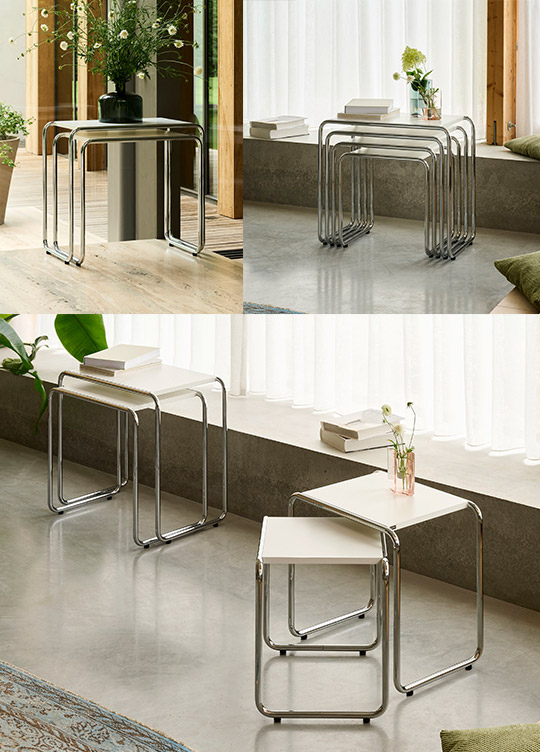

The result was the B 9 stool, designed for the Bauhaus canteen. Soon it evolved into the B 9 nesting tables, a set of minimalist forms defined by a single bent tube and a wooden panel. Lightweight, space-saving, and radical in its modernity, the B 9 set the tone for what would become a new chapter in design history.
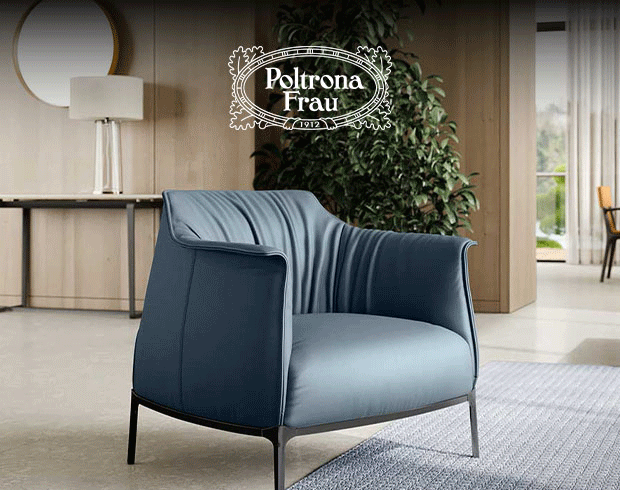
Presented by Magran Living
By the time the Deutscher Werkbund unveiled tubular steel furniture at the 1927 Weissenhof Estate exhibition in Stuttgart, the world took notice. Compared to the heavy wooden furniture of the German Gründerzeit, these pieces were light, airy, and open—embodying what Breuer described as “furniture drawn into the room, obscuring neither movement nor view.”
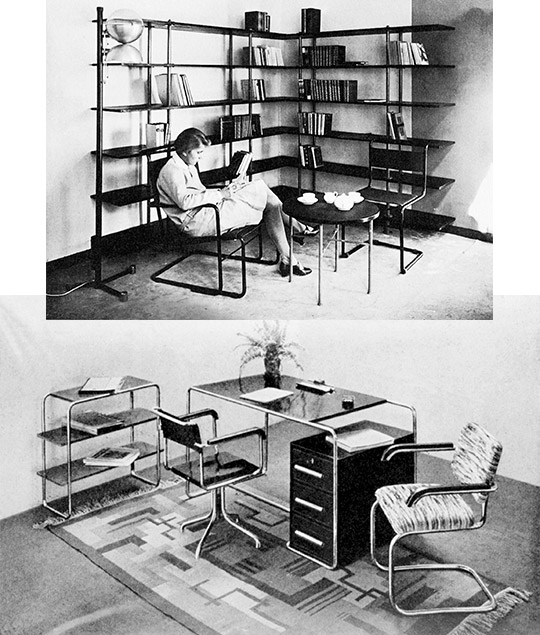
Thonet quickly recognized the potential. In 1929, the company acquired Breuer’s firm Standard Möbel and began producing his designs, from the B 9 to the iconic S 32/S 64 cantilever chairs. By the 1930s, Thonet had become the largest manufacturer of tubular steel furniture worldwide, a legacy that continues today.

A century later, Thonet still reinterprets these Bauhaus icons for contemporary living. Jil Sander, with her JS . THONET line, brought fashion’s precision and restraint to the S 64 and B 97 tables, experimenting with matte nickel and glossy titanium finishes. Designer Frank Rettenbacher followed with the S 243 chair, a playful blend of tubular steel and colourful plywood that distills Bauhaus principles into a 21st-century form.
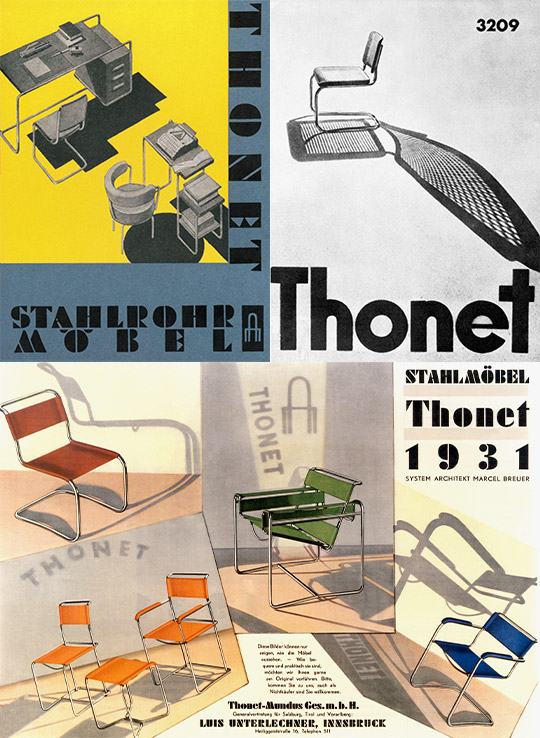
Meanwhile, the Bauhaus Dessau Foundation is marking its centenary in 2025 with exhibitions and events celebrating this enduring legacy. What began in a test workshop at an aircraft plant in Dessau has become one of the most recognizable aesthetics in modern design—proof that tubular steel, once deemed “too cold” for the home, reshaped the very idea of how we live with furniture.

 1.26K
09/01/2026
1.26K
09/01/2026
LIVING DIVANI PRESENTS ECHOES OF SNOWLIGHT
In Echoes of Snowlight, Living Divani distills winter into a quiet dialogue of light and material, where festive accents meet timeless design.
read more 1.20K
09/01/2026
1.20K
09/01/2026
DESIGNS IN THE PANTONE 2026 COLOUR OF THE YEAR: CLOUD DANCER
Chosen as the PANTONE 2026 Colour of the Year, Cloud Dancer frames design through subtlety, sculptural form, and an effortless sense of timeless grace.
read more 640
09/01/2026
640
09/01/2026
A HIDDEN CULINARY ESCAPE IN KEBAGUSAN: NEBBRS COFFEE & EATERY
Located in Kebagusan, South Jakarta, Nebbrs Coffee & Eatery is a hidden culinary destination offering all-day dining, signature coffee, and a relaxed...
read more 1.07K
09/01/2026
1.07K
09/01/2026
DEWI FASHION KNIGHTS 2025 PRESENTS “NUSANTARA” FEATURING TULOLA, SAPTO DJOJOKARTIKO, AND SEBASTIAN GUNAWAN SIGNATURE
Dewi Fashion Knights (DFK) hari kedua kembali hadir di panggung Jakarta Fashion Week 2026 dengan gelaran eksklusif bertema “Nusantara” yang melibatkan...
read more 11.98K
23/12/2025
11.98K
23/12/2025
SÉANCE, A REFLECTION ON ADRIAN GAN COUTURE’S 40 YEARS IN FASHION
Step into SÉANCE, a reflection on Adrian Gan Couture’s 40 years in fashion—where each gesture is deliberate and every detail refined with impeccable...
read more 10.37K
15/12/2025
10.37K
15/12/2025
CIERRE1972 PRESENTS BELT AND MAC: TWO ARMCHAIRS DEFINED BY CONTEMPORARY ELEGANCE
Cierre1972’s Dynamic Duo, Defined by Contemporary Elegance
read more 81.85K
10/01/2025
81.85K
10/01/2025
W RESIDENCE IN SOUTH JAKARTA BY MICHAEL CHANDRA
Michael Chandra, founder of MNCO Studio Design has created the W Residence with an aesthetically pleasing, practical, and pleasant home from all...
read more 44.52K
11/07/2025
44.52K
11/07/2025
PELUNCURAN PERDANA LEGANO HOME MENGGANDENG AGAM RIADI DI ST REGIS RESIDENCE JAKARTA
Peluncuran perdana LEGANO HOME menggandeng Agam Riadi di St. Regis Residence Jakarta: menyatukan kemewahan dan jiwa dalam sebuah ruang.
read more



